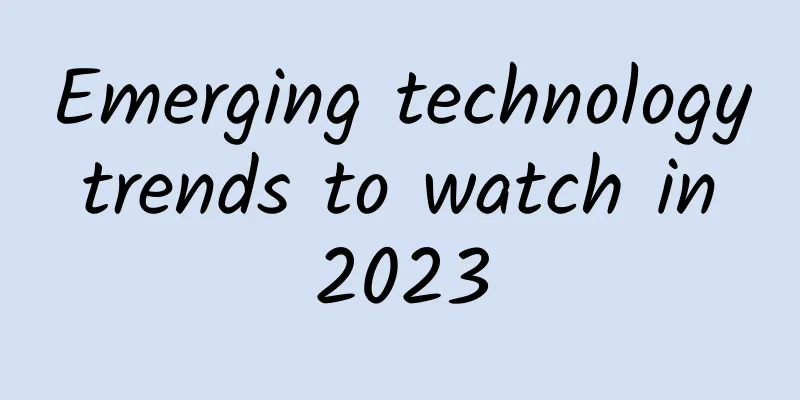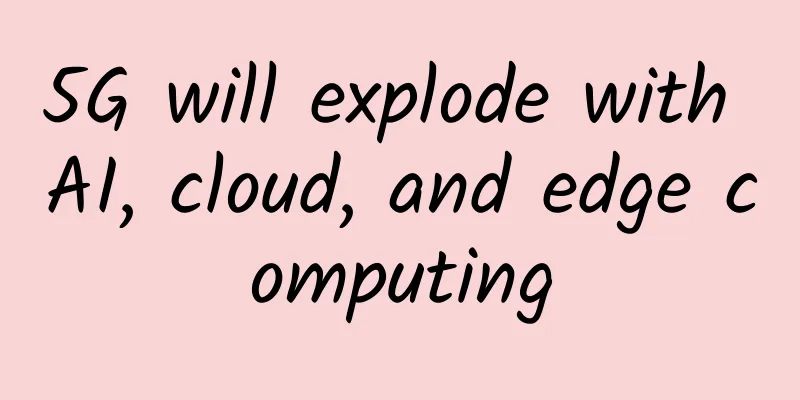Emerging technology trends to watch in 2023

|
As the world of technology continues to evolve, it’s important to stay up to date with the latest trends and developments. In 2023, we’ll see a slew of new technologies that will revolutionize our lives. From artificial intelligence to 5G networks and more, explore some of the emerging technology trends we should be watching this year. Augmented RealityAugmented reality is a technology that enables users to interact with digital content in the real world. By overlaying virtual images and information on top of the physical world, AR provides a unique immersive experience that can enhance the way we learn, work, and play. There are many different AR platforms available, all with their own strengths and weaknesses, but all offering many possibilities for businesses and consumers. Virtual RealityVirtual reality is a computer-generated simulation of a three-dimensional image or environment that can be interacted with in a seemingly real or physical way by a person using special electronic equipment, such as a helmet with a screen inside or gloves equipped with sensors. The technology has been around for decades, but it's only recently become affordable to consumers. Today, there are many different VR devices on the market, from high-end headsets that require powerful computers to run, to standalone, standalone devices that work with smartphones. There are also many different types of content available for VR devices, including games, movies, and other experiences. Some content is designed specifically for VR, while other content is converted from traditional 2D media into VR formats. VR is still in its early stages, but it is developing rapidly. New hardware and software developments are released all the time, and VR is likely to become increasingly popular in the coming years. BlockchainThe blockchain is a digital ledger of all cryptocurrency transactions. It grows continuously as completed blocks are added to a new set of records. Each block contains a cryptographic hash of the previous block, a timestamp, and transaction data. Bitcoin nodes use the blockchain to distinguish between legitimate Bitcoin transactions and attempts to re-spend coins that have already been spent elsewhere. 5G5G is the next generation of mobile network technology, offering faster speeds and lower latency than ever before. This will enable new applications such as AR/VR, gaming, and streaming video Internet of ThingsThe Internet of Things is a system of interconnected devices and sensors that collect and share data about their surroundings. IoT devices can range from simple fitness trackers to complex industrial machines. IoT devices are made possible by a combination of several technologies, including miniaturization, improved wireless connectivity, and cloud computing. These devices are often equipped with sensors that collect data about their surroundings, which is then transmitted wirelessly to the cloud. From there, the data can be analyzed and used to improve the device's performance or make decisions about its surroundings. One of the most promising applications of the Internet of Things is in the field of smart cities. By installing sensors in public places such as bus stops and parking meters, city planners can collect real-time data on traffic patterns and congestion. This information can be used to optimize public transportation routes and reduce traffic jams. IoT also has the potential to transform healthcare. For example, wearable devices that monitor vital signs can be used to detect early signs of illness or disease. Additionally, hospitals can use IoT medical devices to track inventory levels and prevent shortages of critical supplies. AIArtificial intelligence is one of the most talked-about emerging technologies today. With the rapid development of machine learning and artificial intelligence technologies, enterprises are beginning to explore how to use these technologies to automate tasks, improve efficiency and optimize operations. One of the most common applications of AI is predictive analytics, which can be used to identify trends, make recommendations, and predict future outcomes. Other popular applications include natural language processing, image recognition, and speech recognition. As AI technology continues to advance, we can expect to see more innovative applications that will further change the way businesses operate. |
>>: Top 10 5G Industry Practice Benchmarks in 2022
Recommend
Huawei's ecosystem is expected to prosper exponentially in response to demand
【51CTO.com original article】 As we all know, in t...
How to choose a managed data center service provider?
When an enterprise chooses a managed data center ...
In the 5G era, indoor experience quality is as important as outdoor
In previous generations of mobile networks, outdo...
Xuzhou is included in the pilot program of digital application upgrade for smart city construction
[[189078]] On August 13, the National Administrat...
Only 91 base stations were built in two years. Why is 5G millimeter wave so difficult?
[[405114]] This article is reprinted from the WeC...
Friendhosting 15th Anniversary Promotion: 40% off all VPS, starting from €1.8/month in 13 data centers in the United States, the Netherlands, Japan, etc.
Friendhosting released a promotional email titled...
CommScope launches new access point portfolio to accelerate enterprise-class Wi-Fi 6 adoption
Shanghai, China, June 9, 2020 – CommScope recentl...
What will the future world look like under the 5G technology revolution?
Some time ago, Huawei's "Intelligent Wor...
Case | A sobering report on a major network failure
December 6, 2018 was a nightmare day for Japanese...
How is an excellent testing infrastructure created? eBay's Ru Bingsheng talks about the history of testing evolution
[51CTO.com original article] The Global Software ...
RAKsmart: Japan/Korea independent server replenishment, large bandwidth, unlimited traffic, CN2+BGP line
At the beginning of the month, I shared RAKsmart&...
LOCVPS recharge 300 yuan in June and get 30 yuan, 20% off Hong Kong/Korea/US/Australia VPS monthly payment starts from 29 yuan
LOCVPS has launched this year's 618 promotion...
How to configure basic IPv6 addresses? Learn in one minute
1. Understanding IPv6 IPv6 increases the address ...
From R15 to R17, understand 5G's technological innovation in one article
In early June 2022, the 96th plenary session of t...









